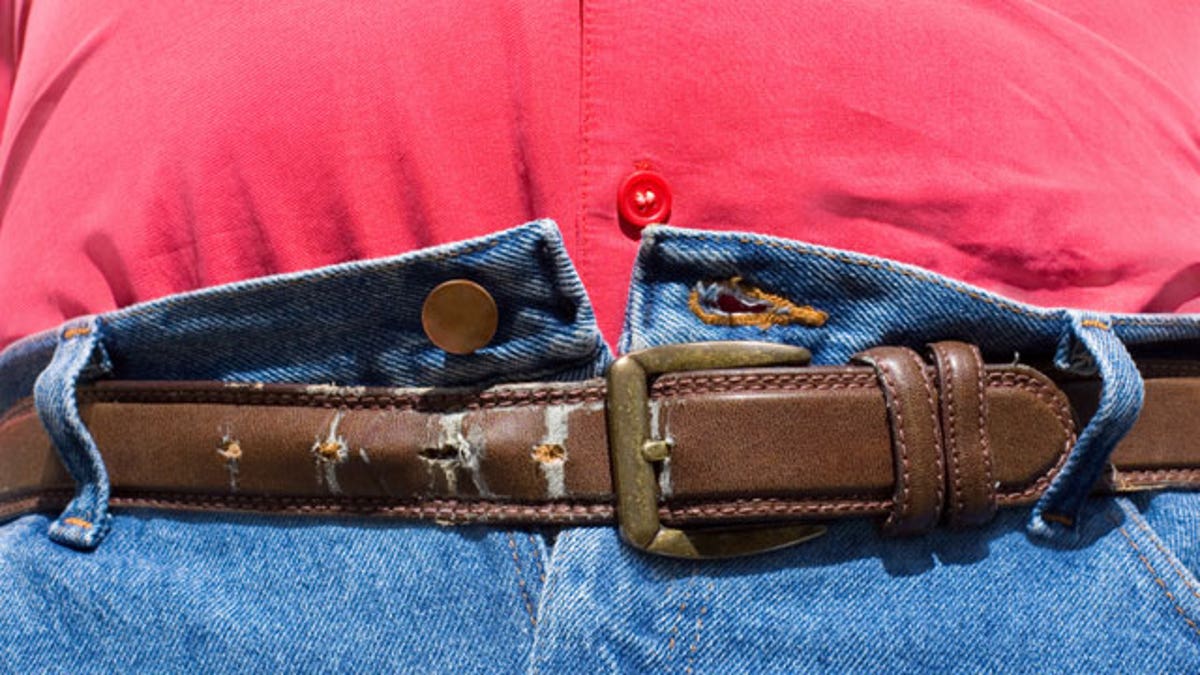
Abdominal obesity, defined as having a waist size of about 35 inches for women and 40 inches for men, has been tied to a wide range of health problems, including heart disease, diabetes, and high blood pressure. (iStock)
Chances are slim to none that the U.S. will meet its public health goal of sharply reducing the number of obese adults by this year, according to federal health officials with the Centers for Disease Control and Prevention in Atlanta.
While just 13 percent of adults were obese in the early 1960s, more than 30 percent were by 1999. In Healthy People 2010, a series of health objectives published in 2000, the U.S. government set forth the goal of reducing the percentage of obese Americans to 15 percent by 2010.
To investigate trends over the past decade, and determine whether the U.S. had any chance of meeting this objective, Dr. Earl S. Ford and his colleagues from the CDC's National Center for Chronic Disease Prevention and Health Promotion looked at data on nearly 23,000 people aged 20 and older from the National Health and Nutrition Examination Survey for 1999-2008.
In 1999-2000, the researchers found, 27 percent of men were obese and 39 had abdominal obesity. By 2007-2008, those percentages had risen to 32 percent and 44 percent, respectively. The number of obese women inched up from 33 percent to 35 percent over the same time period, while abdominal obesity prevalence rose from 56 percent to 62 percent.
Abdominal obesity, defined as having a waist size of about 35 inches for women and 40 inches for men, has been tied to a wide range of health problems, including heart disease, diabetes, and high blood pressure.
Average body mass index (BMI) -- a measure of weight in relation to height used to gauge whether a person is at a healthy weight -- also increased. Men's average BMI increased from 27.8 to 28.5. For women, average BMI rose from 28.2 to 28.6.
"The prevalence of obesity and abdominal obesity remains disturbingly high among adults in the United States, and our trend analysis shows that both may still be increasing among men," Ford and his colleagues write in the International Journal of Obesity.
The rising tide of obesity "has all but ruled out" the chances that the U.S. will meet its Healthy People 2010 goals, they add, noting that public health officials are now at work on developing new goals for Healthy People 2020.
In order to whittle U.S. obesity rates down to 15 percent, Ford and his team say, the average American would either need to consume 500 fewer calories a day, walk for nearly two additional hours a day, or burn off the equivalent amount of calories doing some other type of physical activity.
"The path to achieving such changes in energy intake and physical activity is unlikely to be an easy one," the researchers conclude.
